Imagine peering down through crystal-clear water and catching a glimpse of ancient stone walls, silently resting beneath the waves. The ocean is often seen as a vast, mysterious expanse, but what if it’s also a keeper of forgotten worlds? For centuries, tales of lost cities like Atlantis have danced at the edge of myth and reality, but now, hard evidence is surfacing from the deep. Archaeologists are plunging into the blue, not just to chase legends, but to answer a burning question: Has the sea really swallowed up our oldest civilizations? The truth is more tantalizing—and more haunting—than most of us could ever imagine.
The Ocean: A Relentless Force of Change
The sea is not just a pretty backdrop for postcards; it’s a restless giant that has shaped our planet for millions of years. Coastlines are always shifting, pulled and pushed by tides, storms, and rising sea levels. Over time, entire stretches of land have disappeared beneath the waves, leaving behind only rumors and memories. For ancient civilizations, this meant that a thriving city one century could become an underwater ruin the next. Scientists now believe that some of the world’s oldest settlements are no longer found on dry land, but hidden under layers of sand and sea.
Why Are Archaeologists Diving Beneath the Waves?
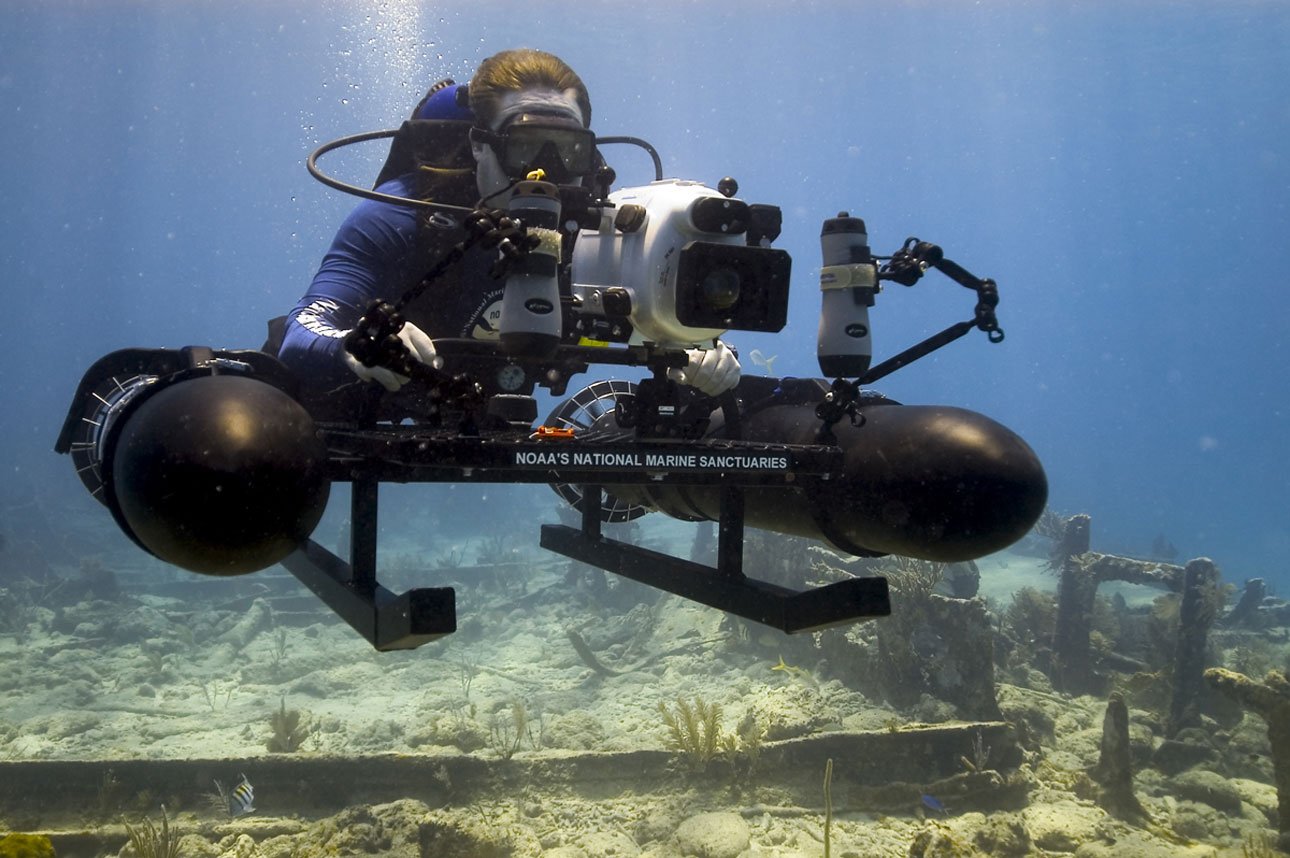
Archaeologists are natural detectives, always searching for clues about how people lived, loved, and struggled in the past. But lately, more and more of these detectives are swapping shovels for scuba gear. Why? Because clues about our origins are lying quietly on the ocean floor, waiting to be found. New technologies—like sonar, underwater drones, and remotely operated vehicles—make it possible to explore places humans couldn’t reach before. The underwater world, once off-limits, is now becoming one of archaeology’s most exciting frontiers.
The Mystery of the Lost City of Dwarka
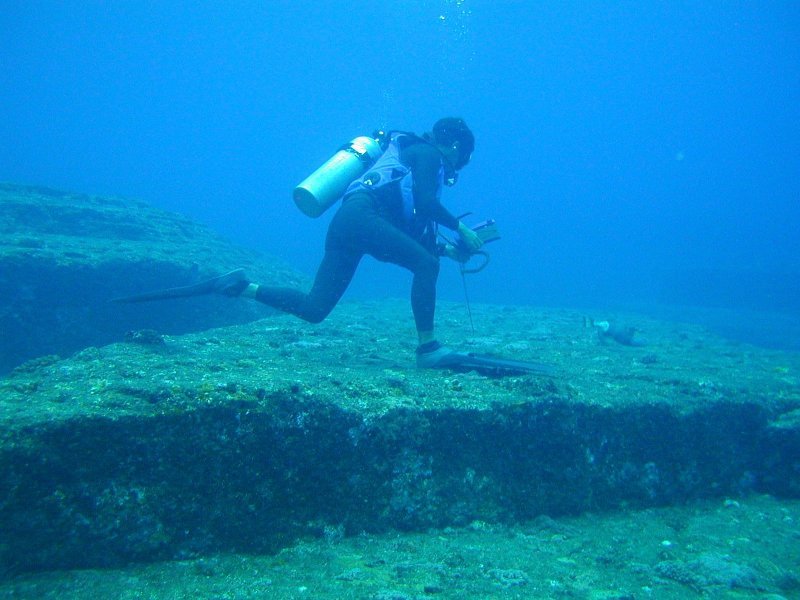
Off the coast of India lies a story that blurs the boundaries between myth and archaeology. The ancient city of Dwarka, long believed to be just a legend, was supposedly swallowed by the Arabian Sea thousands of years ago. In recent decades, divers have discovered stone structures, pottery, and even streets beneath the water. Some scientists argue that these ruins could be over 9,000 years old, challenging our understanding of ancient civilizations in South Asia. The debate is fierce, but the evidence is hard to ignore.
Doggerland: Europe’s Sunken Heart
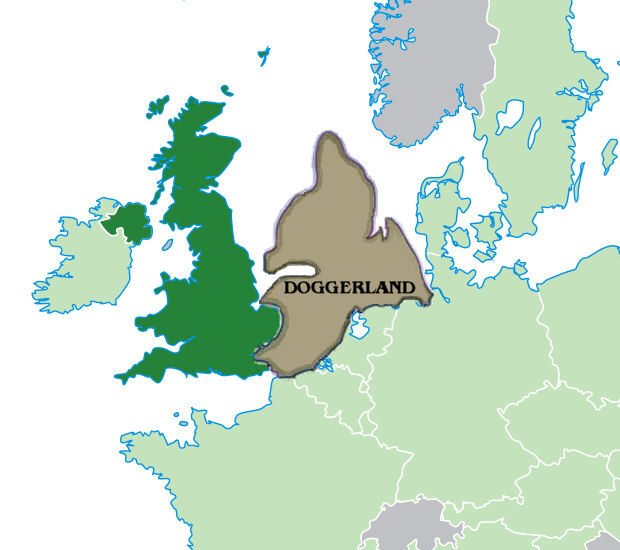
Imagine a time when you could walk from England to Denmark without ever touching a boat. Nearly 8,000 years ago, a vast land known as Doggerland connected these countries. As the last Ice Age ended, melting glaciers caused seas to rise, drowning this rich landscape. Archaeologists have found traces of ancient campsites, tools, and even bones buried beneath the North Sea. Doggerland isn’t just a lost world; it’s a reminder of how dramatically our planet can change.
The Submerged Temples of Egypt’s Thonis-Heracleion
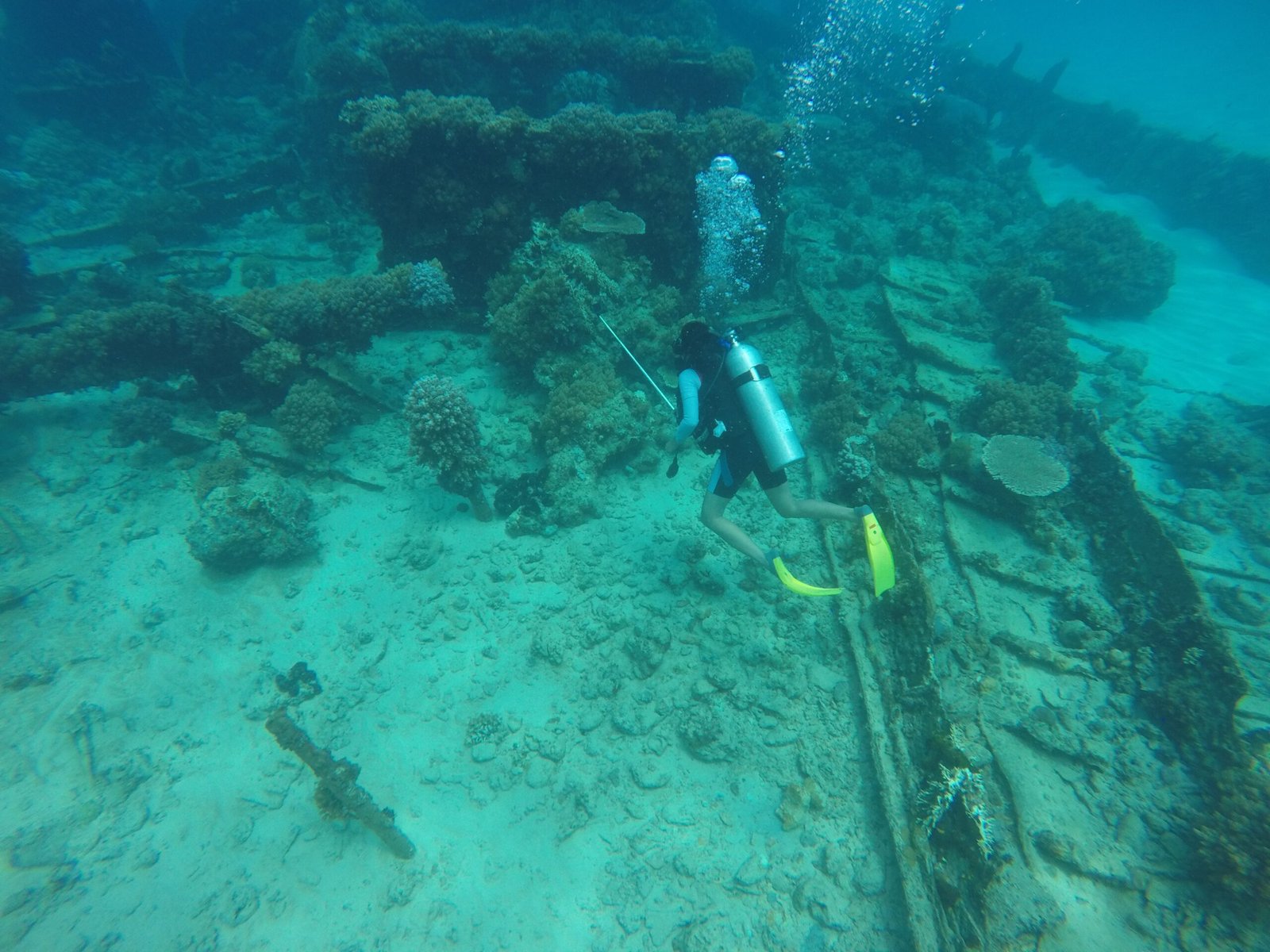
When divers discovered massive statues and crumbling temples off the coast of Egypt, it was like something out of a Hollywood blockbuster. Thonis-Heracleion was once a bustling port city, a gateway to the ancient world. Now, its ruins rest beneath the Mediterranean, preserved in silt. Archaeologists have uncovered gold coins, stone tablets, and even the remains of giant ships. Each find brings us closer to understanding daily life in a city lost for over a thousand years.
Climate Change: Ancient and Modern Threats
Rising sea levels aren’t just a modern problem—they have been reshaping coastlines for millennia. Thousands of years ago, climate shifts triggered massive floods that forced people to flee their homes. Today, scientists use ancient sea-level records to predict how current climate change might impact us. By studying submerged settlements, we can learn how our ancestors adapted to environmental catastrophe—and maybe how we can do the same.
The Yonaguni Monument: Natural Wonder or Lost Civilization?
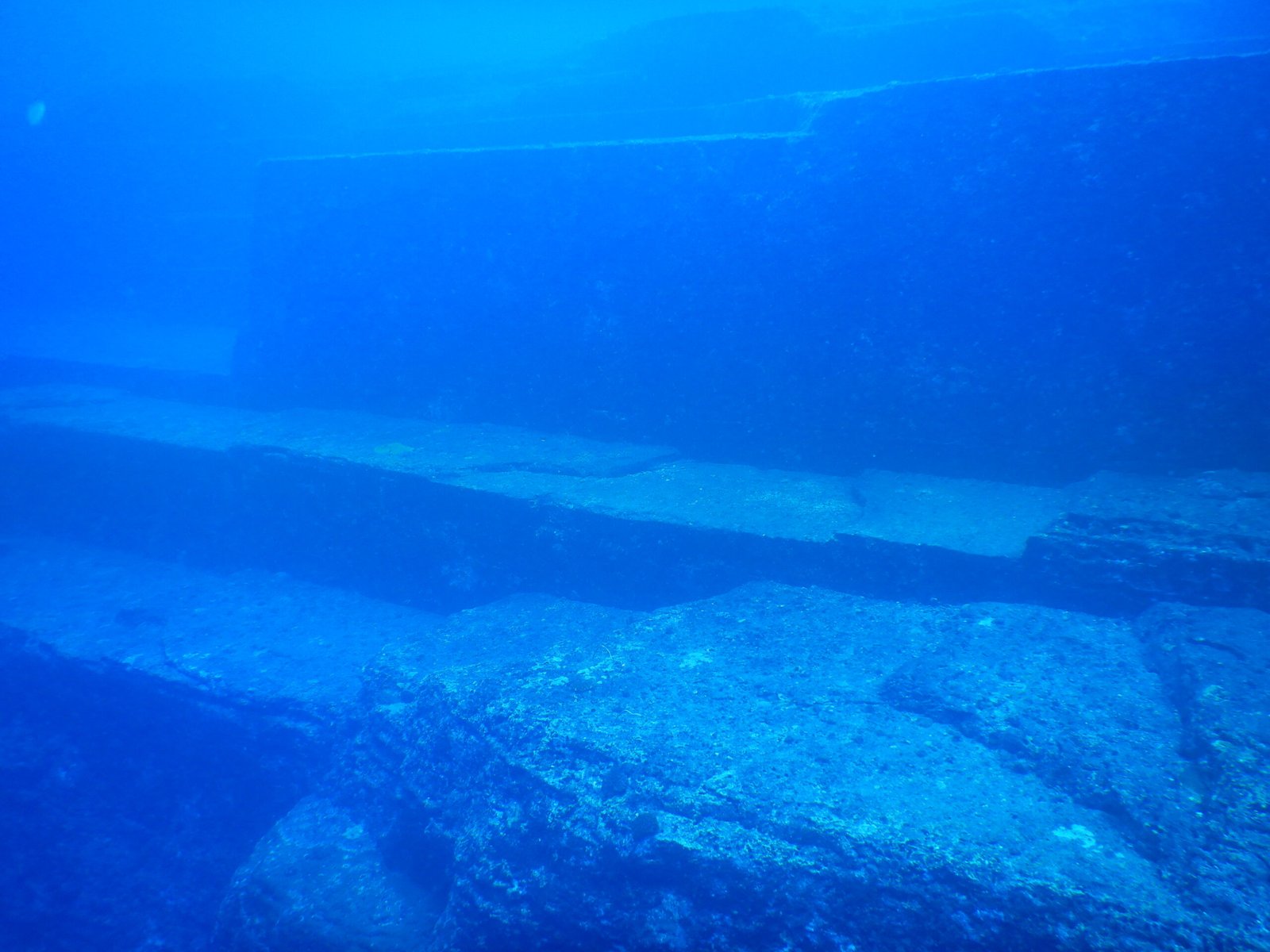
Off the coast of Japan’s Yonaguni Island, divers discovered an underwater structure that looks uncannily like a stepped pyramid. Some believe it’s a natural formation, sculpted by currents and earthquakes. Others argue that the straight lines and right angles point to human engineering, possibly from a civilization lost to the sea. The debate rages on, but the monument’s mystery continues to draw explorers and dreamers alike.
The Power of Underwater Mapping
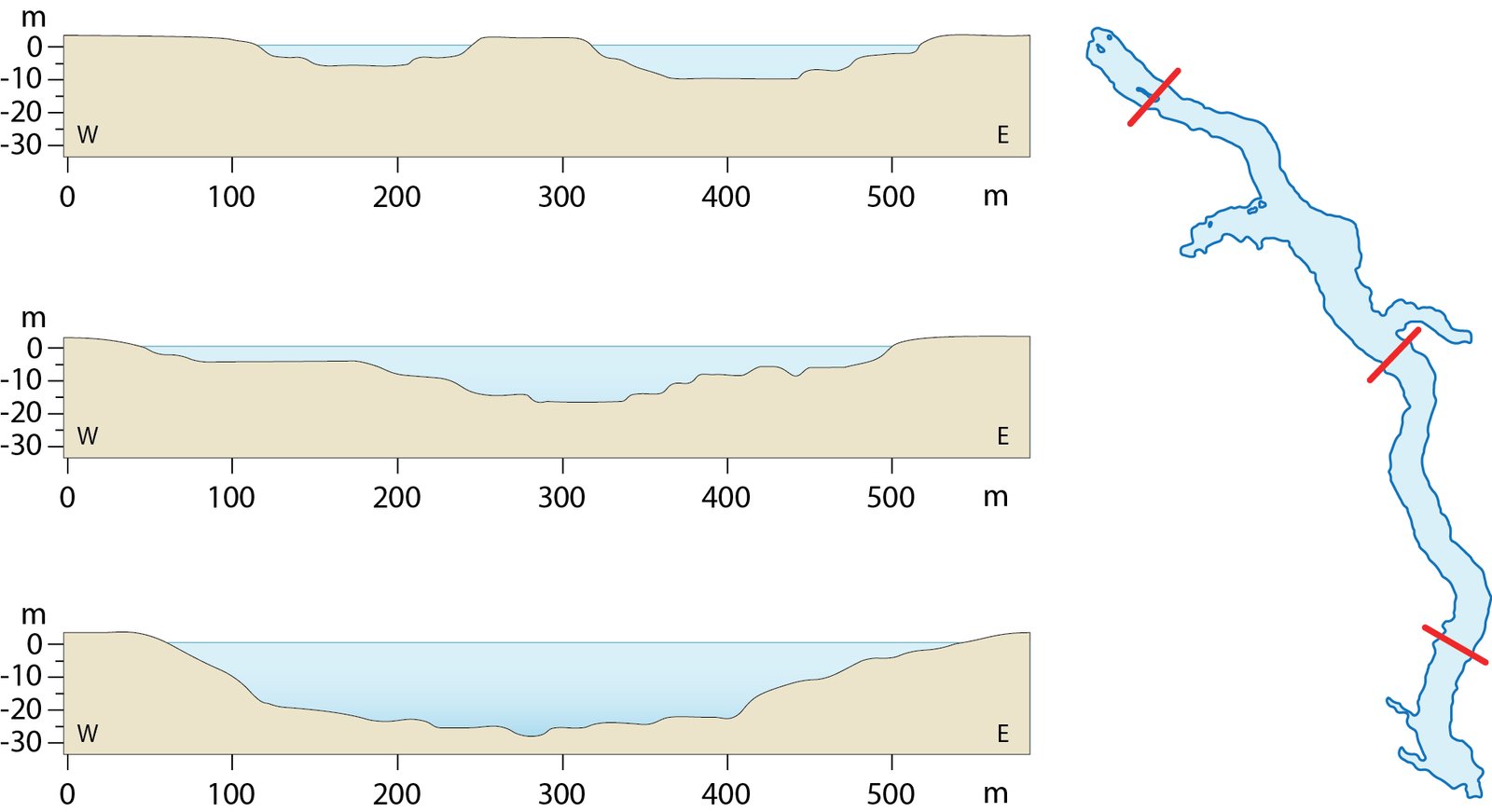
Underwater archaeology isn’t just about swimming around ruins; it’s about seeing the unseen. Sophisticated mapping technology allows scientists to create detailed images of the sea floor, revealing hidden structures and objects. These digital blueprints help researchers understand how ancient people built their cities and adapted to life near water. Sometimes, a single scan can rewrite everything we thought we knew about the past.
Shipwrecks: Time Capsules from the Deep
Not every underwater discovery is a city. Shipwrecks are like floating museums, frozen in time. From Viking longships to Roman galleys, these vessels offer a snapshot of life, trade, and technology. Each wreck tells a story, not just of those who sailed, but of the world they lived in—what they valued, what they feared, and how they faced the unknown.
Sunken Stone Circles and Prehistoric Monuments
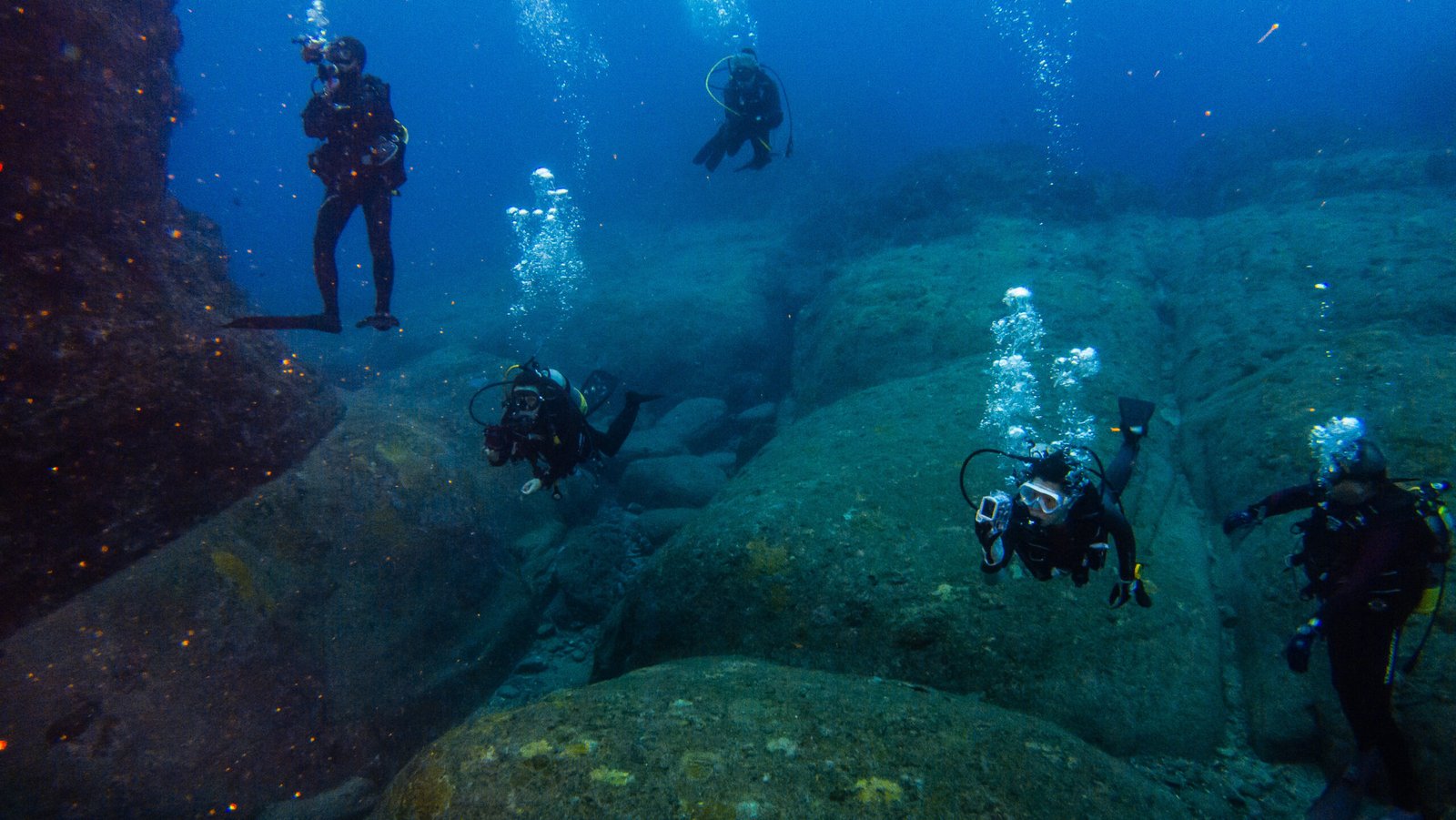
The mystery of submerged civilizations isn’t limited to cities. Off the coasts of Europe and the Americas, researchers have found stone circles, megaliths, and burial mounds deep underwater. These monuments hint at complex societies that thrived along ancient shorelines, only to be erased by rising seas. The discovery of these sites adds a new layer to the story of human creativity and resilience.
The World’s Oldest Canoe: Secrets of Ancient Mariners
One of the most surprising underwater finds in recent years was a dugout canoe, more than 8,000 years old, discovered in a sunken lake bed. This remarkable artifact shows that our ancestors were skilled sailors and navigators, capable of crossing vast distances long before the invention of the compass. Such discoveries challenge the idea that early humans were landlocked and isolated.
The Lost City of Pavlopetri, Greece
Pavlopetri, lying just off the coast of southern Greece, is one of the oldest known submerged cities in the world. Its streets, buildings, and courtyards are remarkably well-preserved, offering a rare glimpse into Bronze Age life. Archaeologists have found evidence of houses, workshops, and even a cemetery, all perfectly mapped out beneath the waves. The site proves that some of humanity’s earliest urban experiments now lie beneath the sea.
How the Black Sea Preserved Ancient Secrets
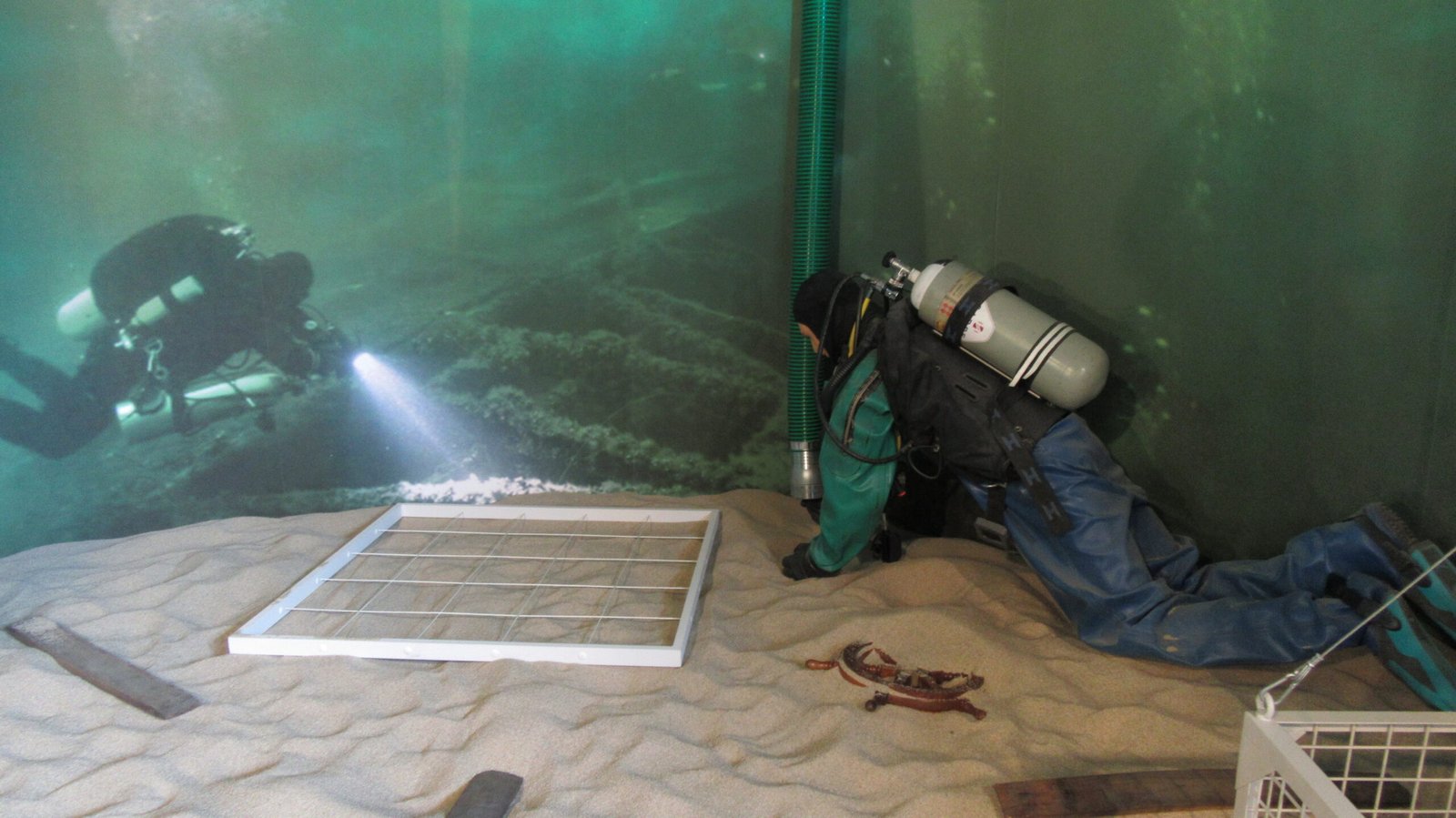
The Black Sea is unique—it’s anoxic, meaning its deep waters lack oxygen. This creates a natural time capsule, preserving shipwrecks, artifacts, and even entire settlements with astonishing clarity. Archaeologists have pulled up ancient Greek ships, Roman trading vessels, and mysterious structures from its depths. The Black Sea’s dark waters protect these relics from decay, giving us a vivid window into the ancient world.
Stories from the Baltic Sea’s Ghost Forests
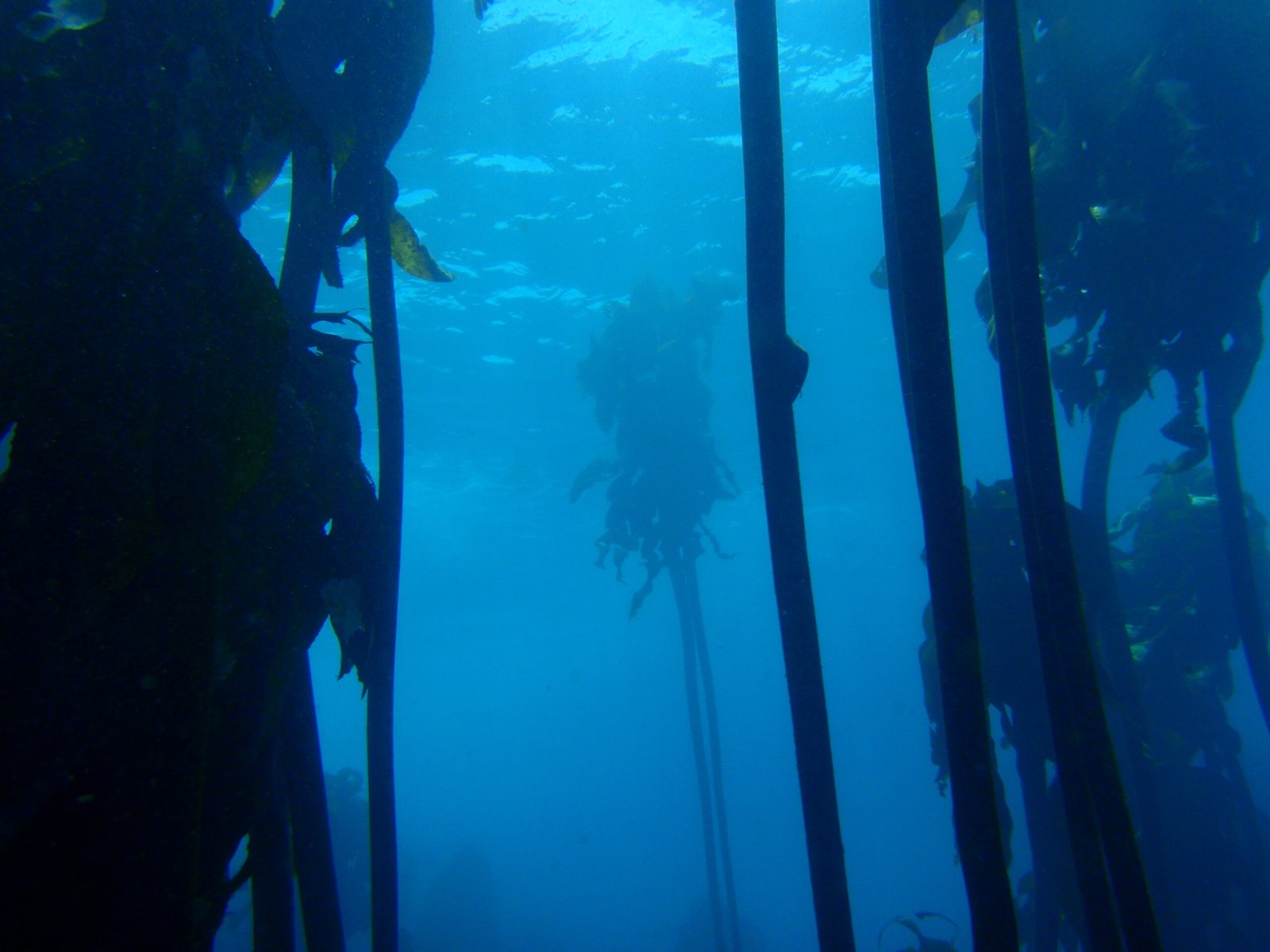
In the Baltic Sea, divers have stumbled upon eerie forests of ancient trees, their trunks still rooted in the seabed. These “ghost forests” once grew on dry land, supporting people and animals alike. As sea levels rose, the forests drowned, leaving behind a haunting reminder of how quickly the world can change. For archaeologists, these submerged woodlands are goldmines of information about prehistoric environments and the humans who lived there.
Technology: The New Frontier of Ocean Exploration
The tools for underwater discovery are evolving at breakneck speed. Drones, underwater robots, and high-resolution sonar are making it possible to explore vast stretches of sea that were previously unreachable. These technologies don’t just help find ruins—they also protect fragile sites, allowing scientists to document them without causing damage. In some cases, virtual reality even lets researchers “walk” through ancient cities from the comfort of their labs.
Oral Traditions: Legends with a Kernel of Truth
Many cultures tell stories of floods, lost lands, and cities swallowed by the sea. For a long time, these were dismissed as mere myths. But recent discoveries suggest that folklore often contains surprising grains of truth. Aboriginal Australians, for example, describe ancient coastlines that match modern geological findings. By listening to these stories, archaeologists can find new clues about where to search—and what to expect—beneath the waves.
Life Beneath the Surface: New Ecosystems on Old Ruins
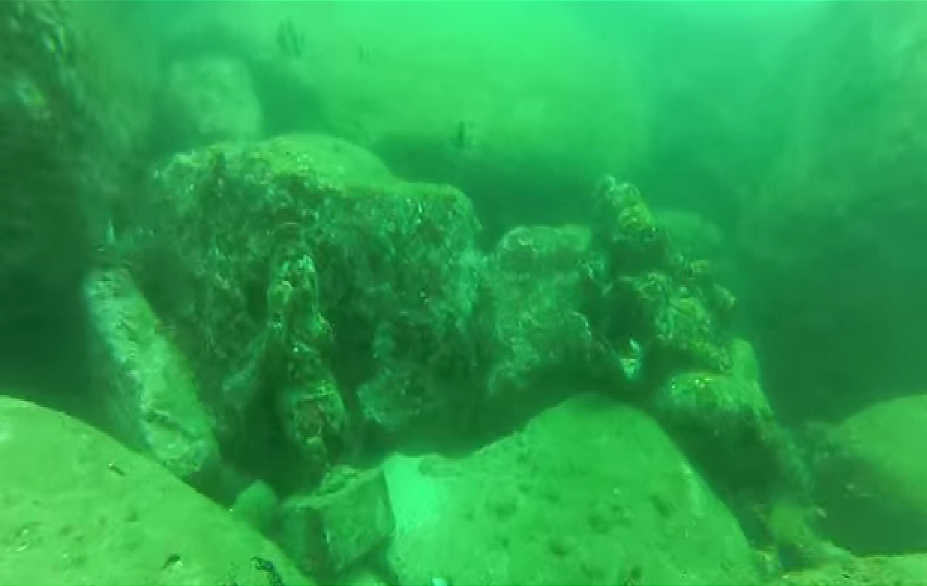
When cities sink, they don’t just disappear—they become new homes for sea creatures. Fish, corals, and crustaceans quickly colonize the ruins, turning ancient walls into thriving reefs. This unexpected twist means that every underwater excavation is also a lesson in the resilience of life. Archaeologists must carefully balance their quest for knowledge with the need to protect these fragile, living ecosystems.
The Role of Satellite Imaging in Underwater Archaeology
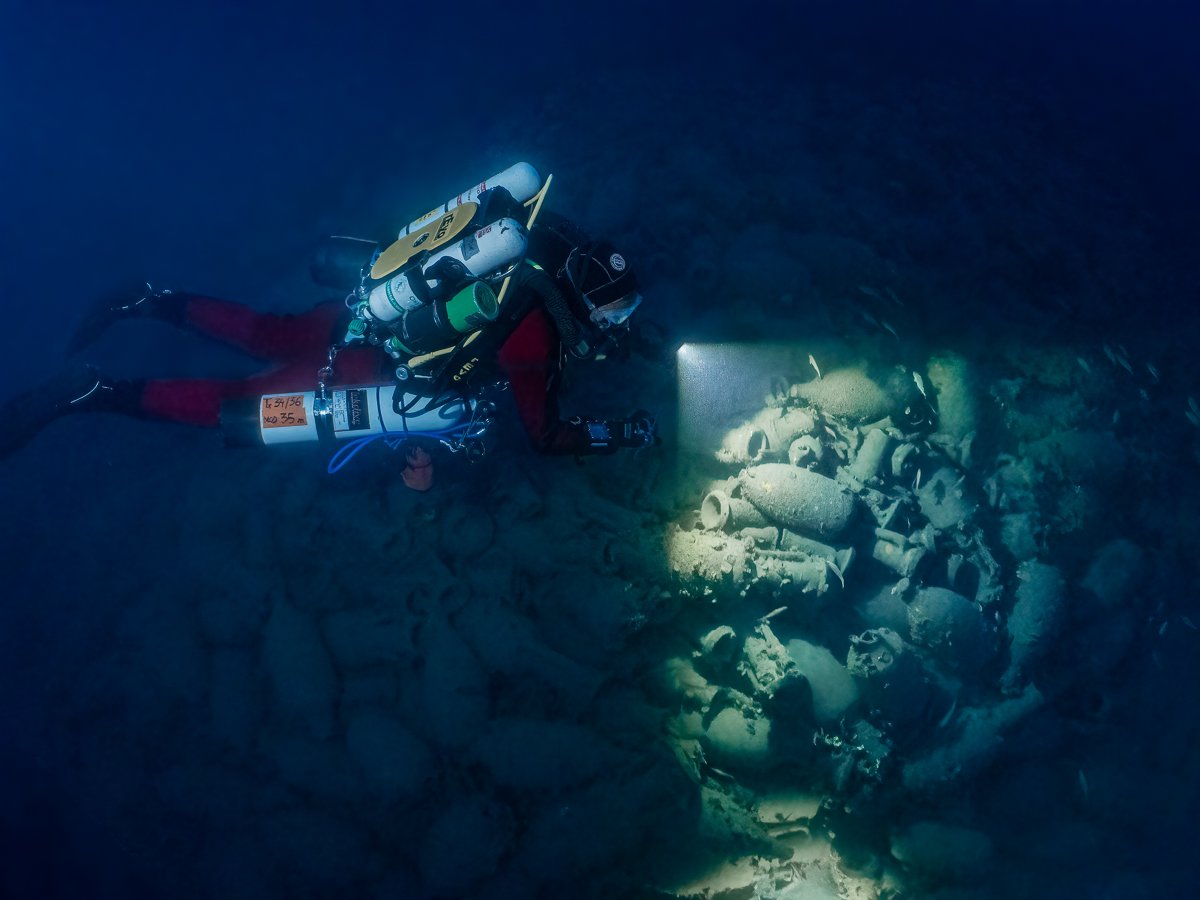
Satellites are revolutionizing how we find hidden histories beneath the sea. Advanced imaging can detect subtle changes in water color, temperature, and even underwater topography, pointing researchers toward promising sites. This bird’s-eye view is helping to reveal sunken cities, ancient harbors, and lost rivers all over the world. What was once invisible is suddenly within reach.
Preservation Challenges: Fighting Against Time and Tide
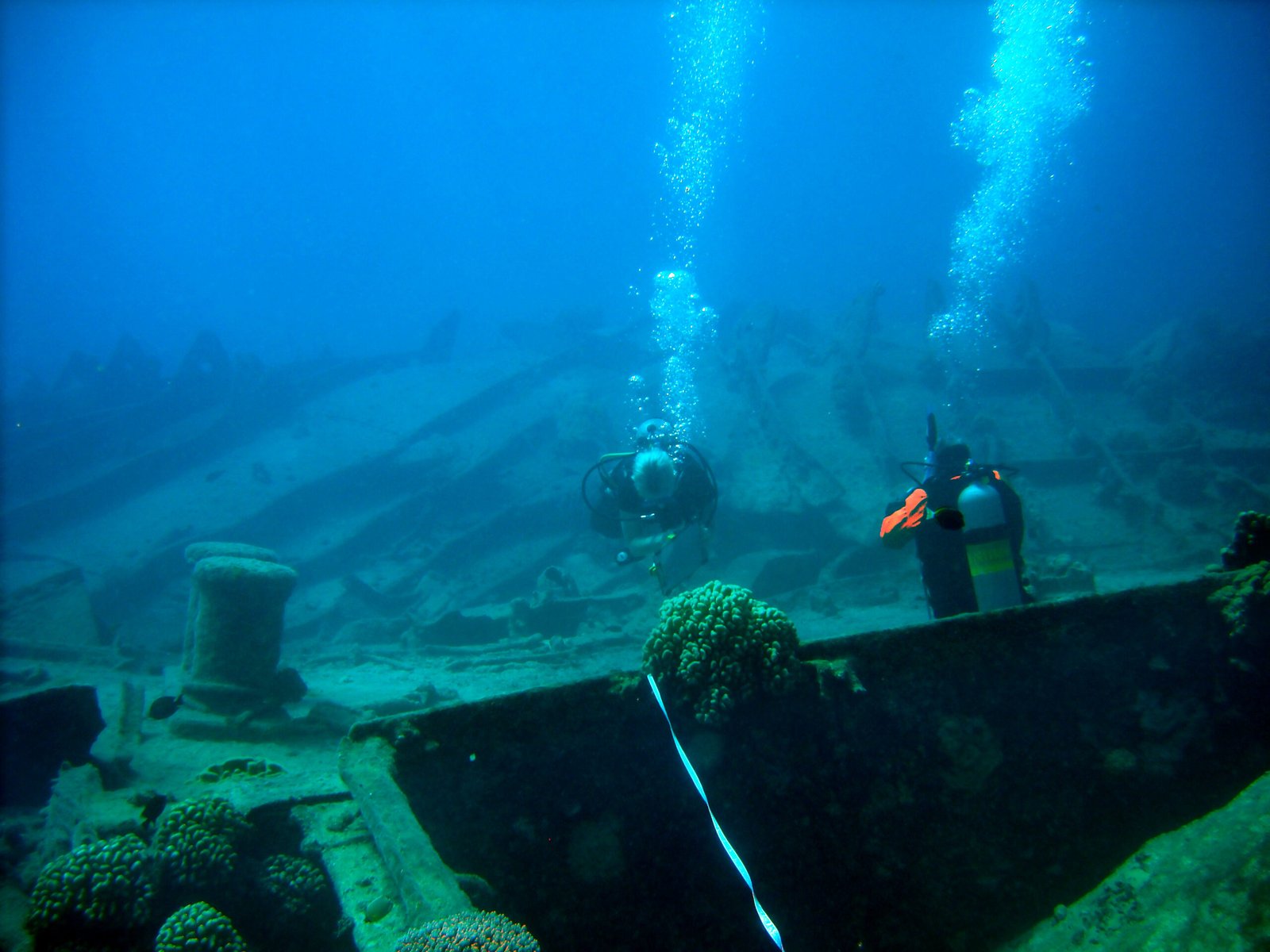
Underwater sites face unique threats. Saltwater corrodes metal, currents scatter artifacts, and algae can quickly swallow up even the largest ruins. Archaeologists must work fast to document and protect what they find, knowing that every dive could be the last chance to glimpse a vanished world. The fight to preserve our underwater heritage is a race against both nature and time.
What Sunken Civilizations Teach Us About Ourselves
Exploring lost cities beneath the sea isn’t just about treasure hunting—it’s about understanding who we are. These discoveries challenge our ideas about where and how civilization began. They reveal that our ancestors were more capable, adventurous, and resilient than we ever imagined. By studying what was lost, we gain insight into what endures—our drive to build, adapt, and dream.
Will We Ever Uncover All the Ocean’s Secrets?
The sea still holds countless mysteries, waiting for brave explorers to unlock them. Every new discovery raises more questions: How many civilizations have we truly lost? What wonders still lie hidden in the deep? For now, the ocean remains both a graveyard and a guardian—a place where the past is never really gone, just waiting to be found.




